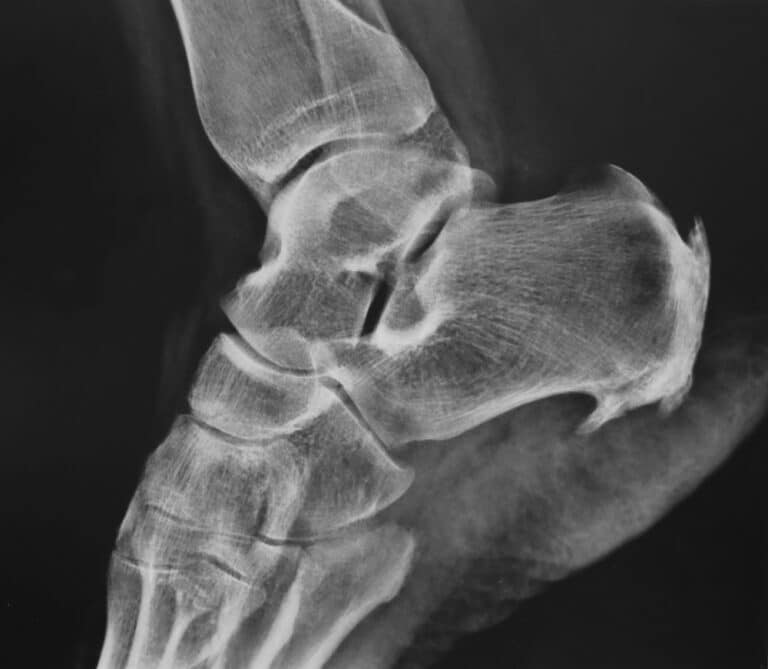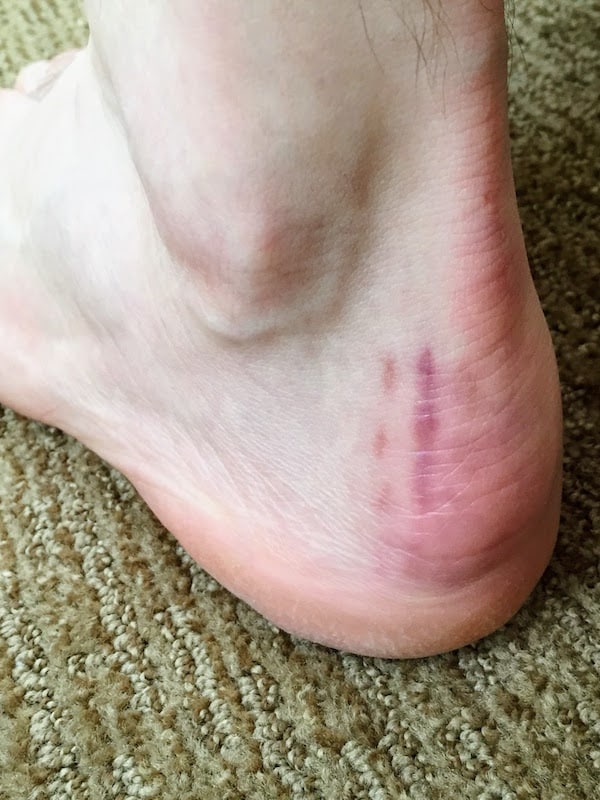Bunions represent bony bumps on the inside of a foot, and they are common foot deformities that usually require surgical treatment. Bunion correction is a simple procedure, but there are still some cases of bunion surgery gone wrong that you should know about before you decide to undergo this kind of procedure. We’ve explained everything of importance in this text, so be sure to check it out.
Bunion Surgery Gone Wrong Can Be Impacted By Both Patient and Surgical Factors
Even though cases of hammertoe surgery and bunion surgery gone wrong aren’t that common, they do happen from time to time, so it’s crucial to be informed about all the possibilities before you go in for one of these minimally invasive foot surgeries. Bunion removal (bunion surgery) gone wrong can happen due to many reasons. Factors that affect the outcome can be related to the patient or the surgeon.
Patient-related factors include non-compliance with doctor’s recommendations after the procedure, smoking, or wearing ill-suited shoes. Some medical conditions that a patient has can affect the outcome of the surgery as well – obesity, osteopenia, neuromuscular conditions, loose ligaments, and skeletal immaturity are the most common ones.
However, factors related to the surgeon are more significant and more common. The doctor may choose the wrong type of bunion surgery for your particular case or the wrong technique. They may also make a technical error that results in bunion surgery screws gone wrong, for example.
All the Ways Bunion Surgery Can Go Wrong
So, what exactly can go wrong with the surgery? There are quite a few things that can occur, but the most common reasons are surgeon-related, meaning that your doctor didn’t do everything correctly. In the text below are explanations of the most common complications that result in a failed surgery.
Undercorrection
As the name suggests, the undercorrection of a bunion means that the surgical technique your doctor has chosen wasn’t enough to fix the bunion deformity. This complication results in the recurrence of a bunion, which means that a patient will need another procedure to fix the problem.
Overcorrection
Overcorrection, as you have probably guessed, refers to a complication that’s a result of over-fixing the deformity because of a surgical error. It’s usually too aggressive resection of a medial eminence, or it could be a result of a mistake with the lateral soft-tissue release. Overcorrection is, in most cases, a bigger problem than undercorrection – but, luckily, it’s less common. It brings patients worse symptoms and dissatisfaction with the procedure.
Nonunion and Malunion
Nonunion and malunion are the two most common problems when it comes to bone healing. Nonunion means that the bone has failed to heal. Malunion means that the bone has healed incorrectly, in an abnormal position, which can lead to functional issues. These conditions occur due to the small size of the bones that are operated on or when a patient has osteopenia. They can also be a result of failure to follow weight-bearing restrictions.

Medical Evaluation Can Lower the Risk of Failure
Whether the failed surgery is a result of a patient-related factor or a surgical mistake, the fact is that these problems do happen sometimes. However, one thing that can increase the chances of a successful procedure is a careful evaluation before the procedure. Detailed preoperative planning and choosing the right surgical technique for the patient in question can make all the difference. Of course, your surgeon’s skill plays an important role, so be sure to do your research before you entrust any doctor with your health – get yourself an expert in the field.
Consult With Your Surgeon Before the Procedure
Deciding to undergo any procedure is an important decision, so it’s understandable if you need some time to think it through. Consulting with your doctor can help you – you can ask questions about the surgery and what you should expect after it. Your doctor will provide you with all the necessary information. Don’t hesitate to book a consultation at our Luxe Foot Surgery clinic if you want to get the best specialists and quickly get rid of your foot deformity.
We have a team of excellent doctors who will be happy to explain everything about bunion surgeries to you before you schedule the procedure. Our specialists are well-respected and skilled, with plenty of experience – you will be in great hands. So, what are you waiting for? Contact us to book your appointment – you can do that via an inquiry form on our website, or you can simply call our office.
FAQ
What Happens When Bunion Surgery Fails?
If your bunion surgery has failed and you still have unpleasant symptoms that affect your everyday life and activities, it might be best to talk to your doctor and see if you can undergo a second procedure to fix the problem.
How Often Do Bunion Surgeries Fail?
Minimally invasive bunion surgeries have a high success rate, which means that failure is not common. According to currently available data, bunion surgeries fail in about 5% of the cases, leaving us with a successful procedure 95% of the time.
Can You Mess Up Bunion Surgery?
Even though it’s a quick and simple procedure, bunion surgery can still go wrong – for many reasons. The factors that affect the success can be related to the surgeon or the patient. The most common problems include undercorrection, overcorrection, nonunion, and malunion.
What Percentage of Bunion Surgery Is Successful?
Minimally invasive bunion surgery is a simple outpatient procedure with a high success rate – about 95% of surgeries are successful, bringing patients satisfactory results. Unfortunately, in some cases, bunions can return – the recurrence rate has been reported to be up to 25%.




